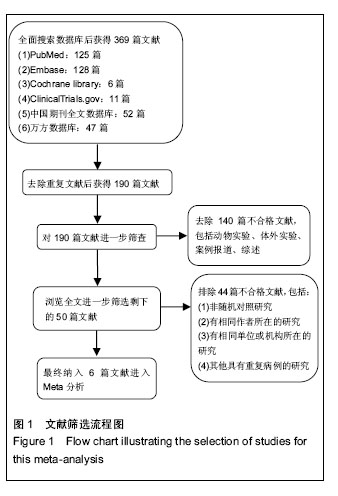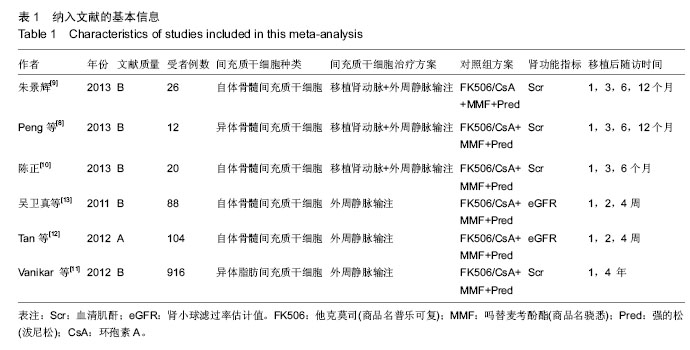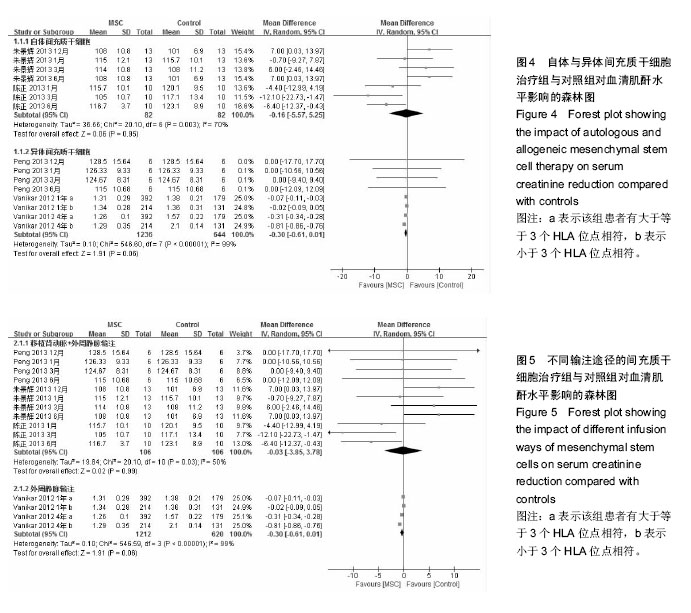| [1] Hardinger KL, Koch MJ, Brennan DC. Current and future immunosuppressive strategies in renal transplantation. Pharmacotherapy. 2004;24(9):1159- 1176.
[2] Therasse A, Wallia A, Molitch ME. Management of post-transplant diabetes. Curr Diab Rep. 2013; 13(1): 121-129.
[3] Guerra G, Ilahe A, Ciancio G. Diabetes and kidney transplantation: past, present, and future. Curr Diab Rep. 2012;12(5):597-603.
[4] Ren G, Chen X, Dong F, et al. Concise review: mesenchymal stem cells and translational medicine: emerging issues. Stem Cells Transl Med. 2012;1(1): 51-58.
[5] Algeri M, Conforti A, Pitisci A, et al. Mesenchymal stromal cells and chronic inflammatory bowel disease. Immunol Lett. 2015;168(2):191-200.
[6] Le Blanc K, Ringdén O. Immunomodulation by mesenchymal stem cells and clinical experience. J Intern Med. 2007;262(5):509-525.
[7] Lalu MM, McIntyre L, Pugliese C, et al. Safety of cell therapy with mesenchymal stromal cells (SafeCell): a systematic review and meta-analysis of clinical trials. PLoS One. 2012;7(10):e47559.
[8] Peng Y, Ke M, Xu L, et al. Donor-derived mesenchymal stem cells combined with low-dose tacrolimus prevent acute rejection after renal transplantation: a clinical pilot study. Transplantation. 2013;95(1):161-168.
[9] 朱景辉.自体BM-MSC诱导亲属活体供肾移植免疫耐受的临床研究[D]. 广州:广州医学院, 2013.
[10] 陈正. BM-MSC诱导移植免疫耐受和修复慢性移植肾损伤的初步研究[D].长沙:中南大学,2013.
[11] Vanikar AV, Trivedi HL. Stem cell transplantation in living donor renal transplantation for minimization of immunosuppression. Transplantation. 2012;94(8): 845-850.
[12] Tan J, Wu W, Xu X, et al. Induction therapy with autologous mesenchymal stem cells in living-related kidney transplants: a randomized controlled trial. JAMA. 2012;307(11):1169-1177.
[13] 吴卫真,谭建明,孙星慧,等. 术前自体间充质干细胞输注用于肾移植诱导治疗的临床研究[J]. 中华器官移植杂志, 2011,32(11): 647-650.
[14] Hariharan S, McBride MA, Cherikh WS, et al. Post-transplant renal function in the first year predicts long-term kidney transplant survival. Kidney Int. 2002; 62(1):311-318.
[15] Bank JR, Rabelink TJ, de Fijter JW, et al. Safety and Efficacy Endpoints for Mesenchymal Stromal Cell Therapy in Renal Transplant Recipients. J Immunol Res. 2015;2015:391797.
[16] Ma YC, Zuo L, Chen JH, et al. Modified glomerular filtration rate estimating equation for Chinese patients with chronic kidney disease. J Am Soc Nephrol. 2006; 17(10):2937-2944.
[17] Chen C, Hou J. Mesenchymal stem cell-based therapy in kidney transplantation. Stem Cell Res Ther. 2016;7: 16.
[18] Liu H, Xia X, Li B. Mesenchymal stem cell aging: Mechanisms and influences on skeletal and non-skeletal tissues. Exp Biol Med (Maywood). 2015; 240(8):1099-1106.
[19] Wang S, Qu X, Zhao RC.Clinical applications of mesenchymal stem cells.J Hematol Oncol. 2012;5:19.
[20] Schrepfer S, Deuse T, Reichenspurner H, et al. Stem cell transplantation: the lung barrier. Transplant Proc. 2007;39(2):573-576.
[21] Fischer UM, Harting MT, Jimenez F, et al. Pulmonary passage is a major obstacle for intravenous stem cell delivery: the pulmonary first-pass effect. Stem Cells Dev. 2009;18(5):683-692.
[22] Leuning DG, Reinders ME, de Fijter JW, et al. Clinical translation of multipotent mesenchymal stromal cells in transplantation. Semin Nephrol. 2014;34(4):351-364.
[23] Crop MJ, Korevaar SS, de Kuiper R, et al. Human mesenchymal stem cells are susceptible to lysis by CD8(+) T cells and NK cells. Cell Transplant. 2011; 20(10):1547-1559.
[24] Roemeling-van Rhijn M, Weimar W, Hoogduijn MJ. Mesenchymal stem cells: application for solid-organ transplantation. Curr Opin Organ Transplant. 2012; 17(1):55-62.
[25] Zhang W, Qin C, Zhou ZM. Mesenchymal stem cells modulate immune responses combined with cyclosporine in a rat renal transplantation model. Transplant Proc. 2007;39(10):3404-3408.
[26] Inoue S, Popp FC, Koehl GE, et al. Immunomodulatory effects of mesenchymal stem cells in a rat organ transplant model. Transplantation. 2006;81(11): 1589-1595.
[27] 张磊,陈正,谢斯盛,等.自身间充质干细胞治疗慢性移植物肾病的安全性与可行性[J].中国组织工程研究,2014, 18(32):5140-5145.
[28] El-Ansary M, Saadi G, Abd El-Hamid SM. Mesenchymal stem cells are a rescue approach for recovery of deteriorating kidney function. Nephrology (Carlton). 2012;17(7):650-657. |
.jpg)




.jpg)